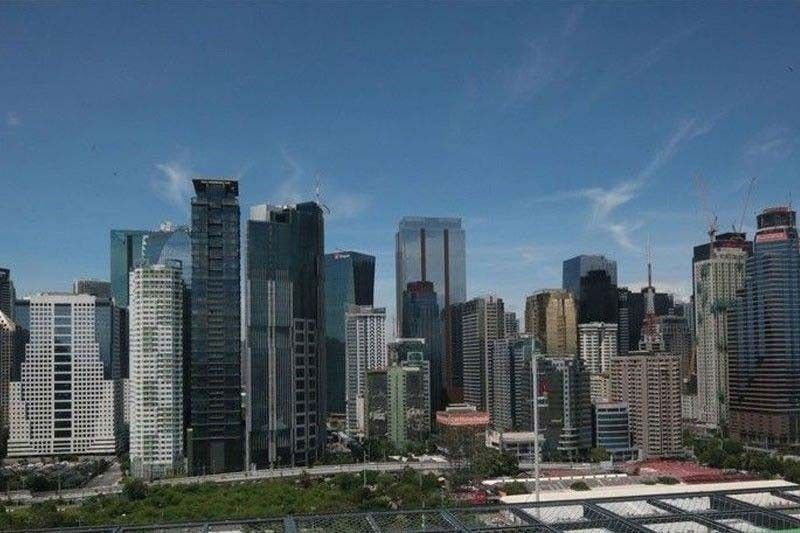S&P affirms Philippines BBB+ rating

MANILA, Philippines — S&P Global Ratings has affirmed the Philippines’ investment credit rating with stable outlook, backed by the country’s robust post pandemic economic growth and strong external position.
In a report, the New York-based debt watcher affirmed its ‘BBB+’ long-term or two notches above minimum investment grade rating and ‘A-2’ short-term sovereign credit ratings on the Philippines.
The outlook on the long-term rating remains stable, reflecting expectations that the economic recovery will be sustained and fiscal deficits may decline over the next two years.
“The ratings on the Philippines reflect the Philippines’ above-average economic growth potential, which should drive constructive development outcomes and underpin broader credit metrics,” S&P said.
The credit rating agency recently upgraded its gross domestic product (GDP) growth projection for the Philippines to 5.4 percent from 5.2 percent for this year from 7.6 percent last year.
“The slowdown in growth compared with 2022 mainly reflects the impact of external macroeconomic developments and a high base,” it said.
According to S&P, slower growth of the world economy, including that of the Philippines’ biggest trading partners, such as the US and China, would drag down the Philippine economy.
“Nonetheless, economic growth in the Philippines should be well above the average for peers at a similar level of development on a 10-year weighted average per capita basis. The country has a diversified economy with a strong record of high and stable growth,” it said.
The Philippine economy grew by 5.5 percent from January to September, below the six to seven percent growth target penned by economic managers.
The GDP expansion picked up to 5.9 percent in the third quarter after slowing to 4.3 percent in the second quarter.
“The Philippines’ economic growth has been robust in 2023 following a strong recovery last year. The pace of the growth will, however, dip as inflationary pressures and sluggish macroeconomic global conditions persist,” it said.
S&P sees inflation accelerating to 5.9 percent this year from 5.8 percent last year before easing to 3.4 percent next year.
It said inflation has shown signs of easing, decelerating to 4.9 percent in October after accelerating for two straight months to 5.3 percent in August and 6.1 percent in September from 4.7 percent in July.
Headline inflation averaged 6.4 percent from January to October, still well above the two to four percent target range of the Bangko Sentral ng Pilipinas (BSP), constraining private consumption.
The credit rating agency said the government is continuing its fiscal consolidation, with a lower deficit and stabilizing debt burden.
“We expect the Marcos administration to continue to adhere to the well-established medium-term fiscal framework that has delivered constructive development outcomes,” S&P said.
The debt watcher sees the Philippines’ fiscal deficit to narrow to 3.8 percent of GDP for this year from last year’s 4.4 percent of GDP and trim the debt to GDP ratio to 52.4 percent from 54.2 percent.
“The country’s external position remains a rating strength, although current account deficits in recent years have decreased net external assets,” it said.
The affirmation of the country’s credit rating and stable outlook elated President Marcos and the economic managers.
“That’s an accomplishment of the PBBM (President Ferdinand Marcos Jr.) administration. In a sea of downgrades, the international rating agencies continue to affirm their confidence on the Philippine economy’s macroeconomic fundamentals,” Finance Secretary Benjamin Diokno said in a statement.
Diokno said the Marcos administration continues to pursue the Road to A.
“The Marcos, Jr. administration is committed to pursuing the path of fiscal consolidation and introducing sound policies and structural reforms to strengthen the country’s fiscal and economic position to maintain if not improve this favorable assessment,” Diokno said.
Aside from S&P’s BBB+ rating, Fitch Ratings has affirmed its BBB rating, while Moody’s Investors Service has retained its Baa2 rating for the Philippines – both a notch above minimum investment grade.
- Latest
- Trending





























